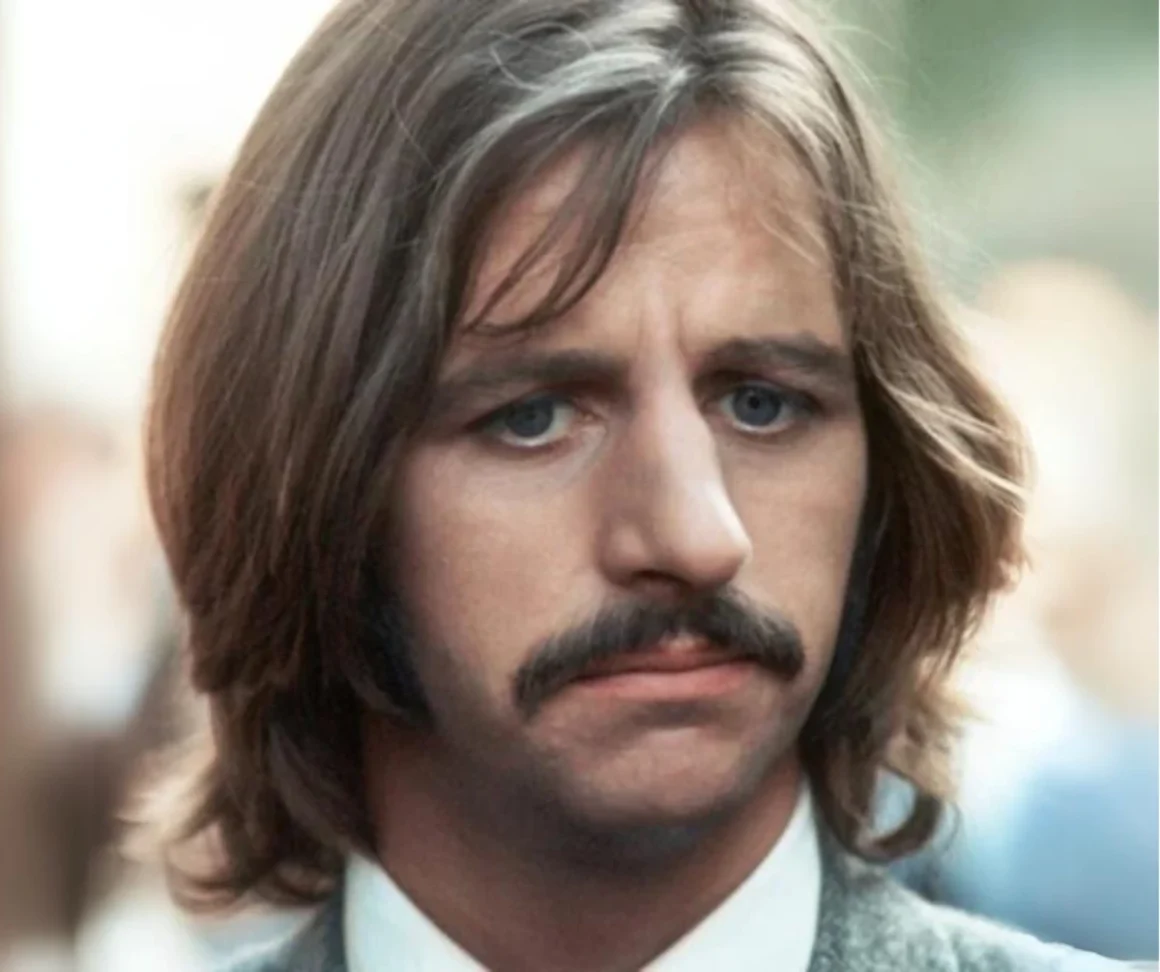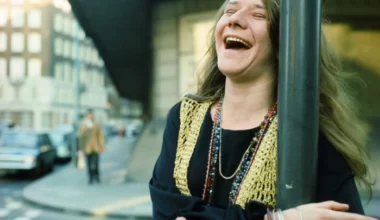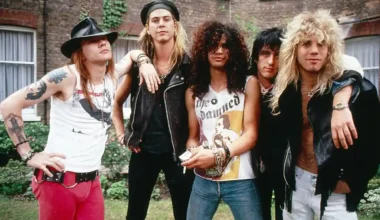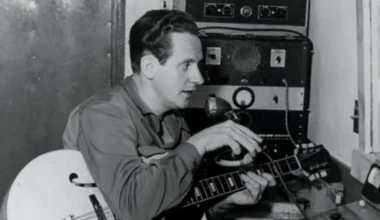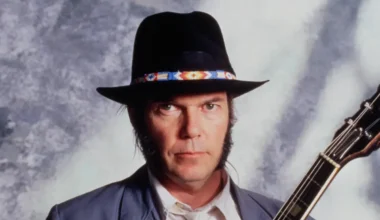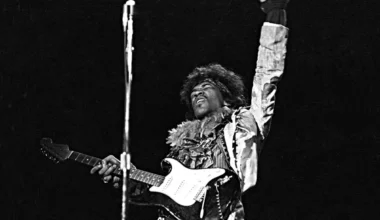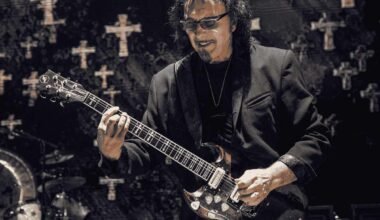Despite the jokes and criticism, Ringo Starr was an essential part of The Beatles’ success. His drumming style, distinct from other British invasion bands, made the group stand out.
On stage, Starr’s captivating performances were a key part of The Beatles’ unique sound. Dave Grohl once called him the “king of feel” for his ability to infuse rhythm with passion and swing.
His contributions helped differentiate The Beatles’ music from the jazz-heavy backbeat that dominated their contemporaries.
The Beatles earned their fame through electrifying performances in Hamburg and The Cavern.
Their shows grew in size and scope until 1966, when a canceled gig due to the risk of electrocution led them to stop touring.
For Starr, this decision was bittersweet, as it ended his chance to perform live, an element he cherished.
While George Harrison and John Lennon were eager to reduce live performances, Paul McCartney was adamant about continuing.
He believed touring kept musicians sharp, saying in Anthology, “Touring’s good, it keeps us sharp. Musicians need to play. Keep music live.”
McCartney viewed The Beatles as part of a long tradition of live performers, despite their overwhelming global stardom.
But it was hard to ignore the growing chaos surrounding their shows. As their audience sizes swelled, the lack of precedent for handling such a massive fanbase led to serious safety concerns.
Police officers often surrounded the stage to prevent fans from storming it. Screaming fans posed a constant threat, and outdoor performances came with the real risk of electrocution due to faulty equipment.
The dangerous nature of their live performances was undeniable.
Reflecting on the era, Starr described it as both the best and worst time of his life. “The best because we played a lot of good music and had good times. The worst because touring is never a pleasure,” he said in 1969.
He fondly remembered their early days on stage, but by 1969, Beatlemania had spiraled into something far from those simpler times.
The once intimate gigs at The Cavern were now replaced by dangerous, overcrowded shows that put the band’s safety at risk.
The pressures of their success weighed heavily on Starr. “Playing was the pleasure, but what came with it was 24 hours a day, no break,” he recalled, noting the constant intrusion of fans and media.
Fans would climb drainpipes and knock on their hotel windows just to get a glimpse of the band. The relentless fame became suffocating.
Beatlemania was an unprecedented phenomenon, with no blueprint for how to manage it. No band before The Beatles had experienced such global adoration.
The toll of the fame was immense, and for Starr, the only way to preserve his mental health was to step back from touring.
“If you do too much touring… I personally would have gone insane,” he admitted.
At one point, Ringo was even the target of death threats, as revealed by McCartney during a Desert Island Discs appearance.
McCartney remembered how they handled it with humor, saying, “We just took it with a pinch of salt.” However, it was Ringo who bore the brunt of these threats, and McCartney added, “I don’t think he took it with a pinch of salt.”
In the years after The Beatles, Starr eventually found his way back to the stage. Today, he thrives as a performer, whether front and center with a microphone or back behind his legendary drum kit.
Performing live now seems to be a source of joy for Starr—something that balances his legacy as both an overlooked genius and a survivor of one of the most intense eras in music history.

